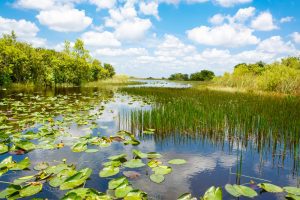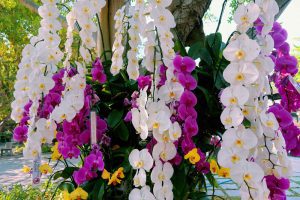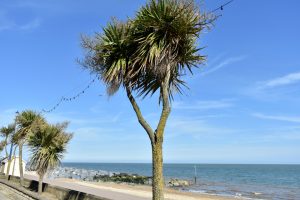Aloe vera is an evergreen perennial succulent found in tropical and arid regions around the world.
It’s considered a wonder plant because of its many uses, including treating sunburn and acne.
For successful plant growth and strong leaves, aloe vera needs direct sunlight. While aloe vera may survive with indirect sunlight, it’s more likely to droop and bend with the risk of reduced growth or premature death.
Keep reading to learn more about aloe vera and why it needs ample sunlight to thrive.
Table of Contents
Does aloe vera need direct sunlight?
Aloe vera is one of the most common plants found in many countries around the world, particularly those with tropical or arid climates like Australia, Cuba, China, India, Mexico, Jamaica, and Spain.
Generally, these places have a lot of direct sunlight, which is good because aloe vera needs plenty of sunshine to grow.
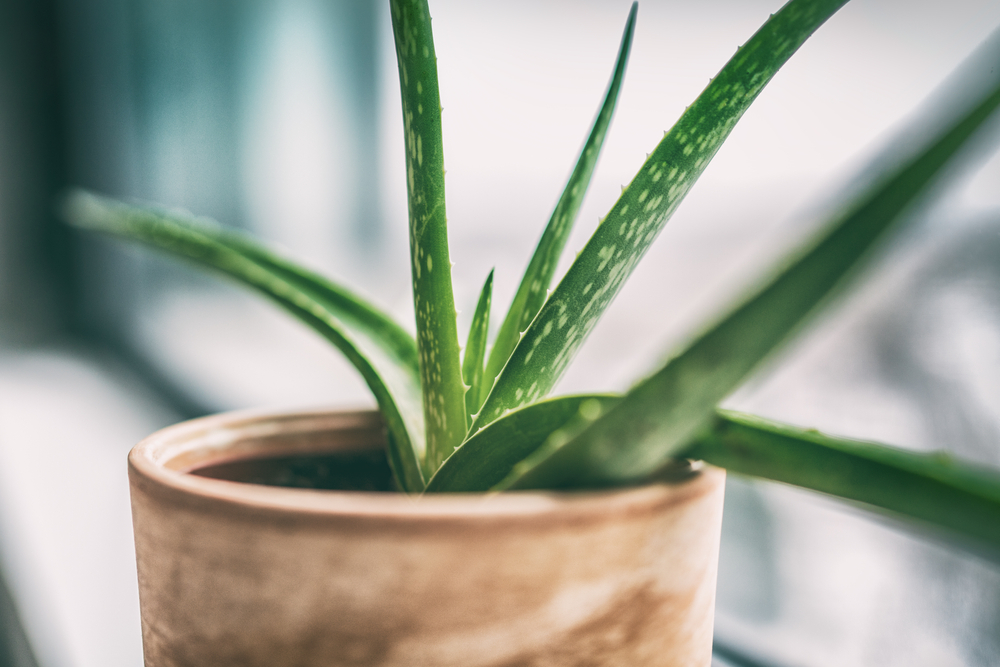
While technically aloe vera can grow in indirect light, it won’t grow as well. This leads to problems such as leggy aloe vera, which reduces or even kills the aloe.
In areas without much direct sunlight, bulbs can be used to grow healthy aloe vera, although nothing is quite as good as the bright, natural sun.
Aloe vera leaves bend sideways or droop when they don’t get enough sun, which means the plant needs to be moved to a spot with more sun or put under artificial fluorescent lights instead.
4 to 5 hours of direct sunlight each day is ideal for vibrant aloe vera growth.
What happens when aloe vera doesn’t get sun?
When aloe vera doesn’t get enough direct sunlight, this succulent plant has slow growth and dull leaves.
Just a few hours of sunlight make all the difference, giving plant cells the nutrients they need to thrive with more greenery, foliage, and growth potential.
Also, aloe vera grown without direct sunlight doesn’t need much watering, whereas regular watering is required for plants in the sun.
That’s because the soil is more likely to dry out in the light, so you want to maintain proper soil moisture for the most successful succulents.
Will aloe vera grow in low light?
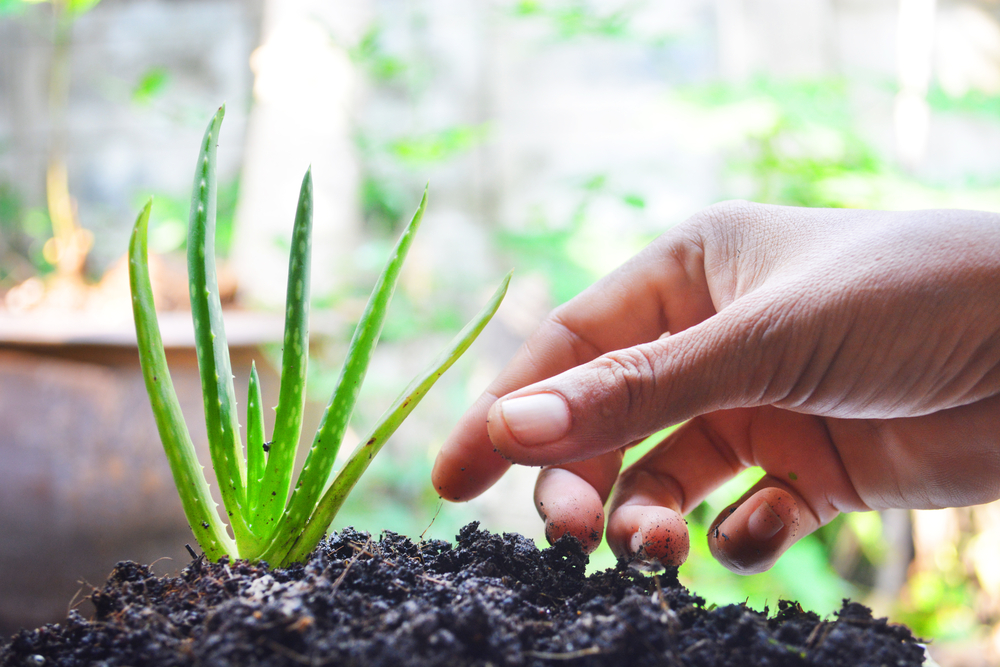
Aloe vera can grow in low light, although it will grow slower than if it was in direct sunlight. Also, low-light aloe vera may become leggy with weaker leaves, so it’s best to find any bit of sun.
For example, south-facing windows are suitable for indoor aloe vera plants.
While aloe vera grows slower and smaller with low light, sometimes growers prefer this because it’s easier to manage the plant indoors.
If you don’t want to water aloe vera much or you need a low-maintenance plant for when you go away, then aloe vera is a good choice for growing with indirect sunlight.
On the other hand, if you put an aloe vera plant near the window for 3 to 5 hours of direct sun, the leaves will be much greener and grow faster.
Consistent light promotes healthy leaf color and supports photosynthesis for long-lasting succulents.
Does aloe vera grow well outside?
What’s great about aloe vera is that it works as an indoor and outdoor plant. If you want to put this succulent outside in your garden, just make sure it has partial shade to protect against harsh sunlight that could otherwise damage or even burn its leaves.
The temperature should be at least 65 degrees Fahrenheit for growing aloe vera outside.
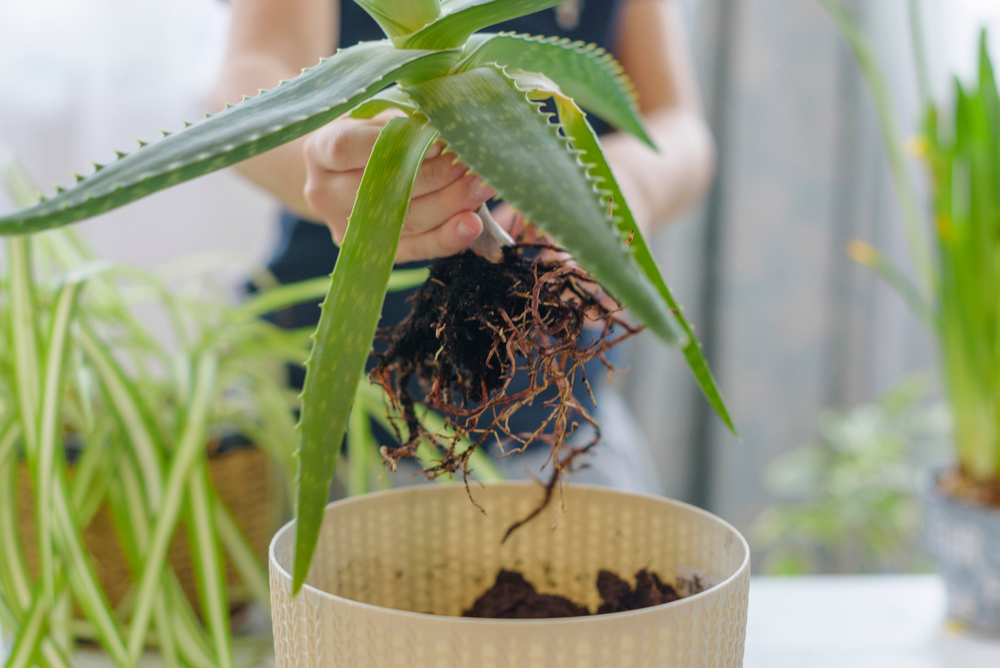
Ideally, aloe vera should be planted near the shade of a tree, but it still needs at least five hours of sun in the morning.
These growing conditions will give you the best results with outdoor aloe vera, although you need to remember to water regularly as the heat dries up the soil.
Just check the soil moisture first to prevent accidental overwatering.
What happens to aloe vera in the shade?
Aloe vera survives in partial sun and shade. The ideal growing conditions are 4 to 6 hours of direct sun with partial shade during the hottest hours to protect against leaf damage.
You can grow aloe vera in the shade, however, it won’t grow quite as fast or as long as if it was in full sun.
If you’re okay with slightly slower growth, shade light or filtered sun works for aloe vera, too.
For areas with heavy heat and intense sun, a mix of shade and sun can keep aloe plants healthy and vibrant green with lush leaves.
These slow-growing plants will take three or four years to reach full maturity, so you’ll want to find a good spot to keep the plant with a healthy balance between shade and sun, so you don’t have much plant care to worry about.
Do grow lights work for aloe vera?
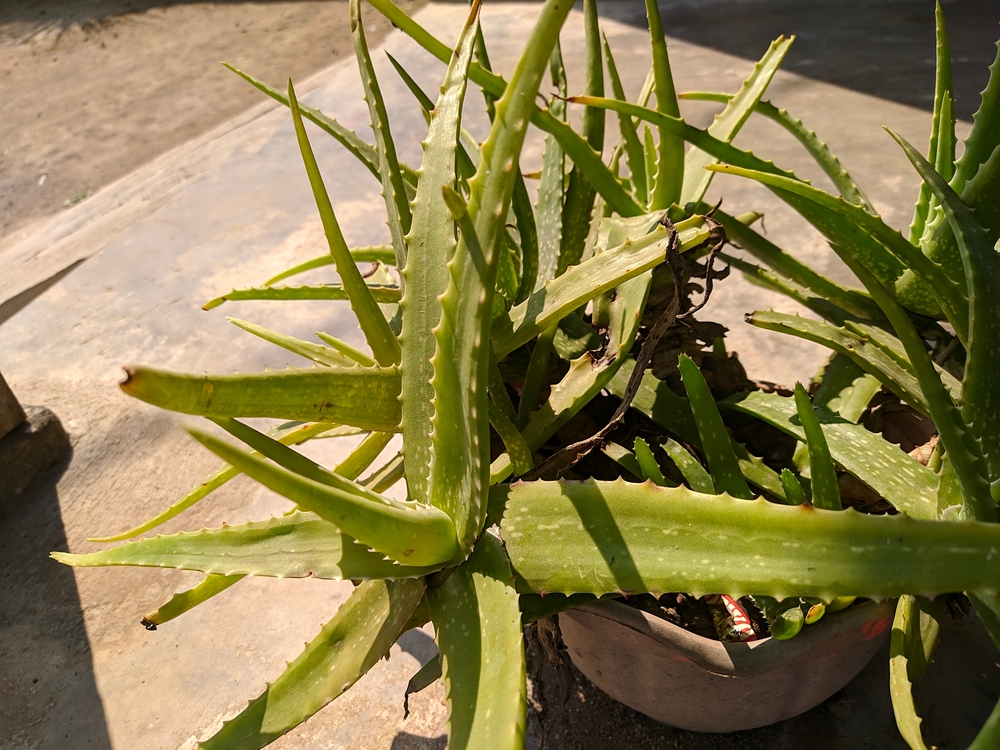
The good news about growing aloe vera is that you can use direct sunlight or grow lights to encourage healthy plant development.
Most growers find success with aloe vera in partial or full sun, but if that doesn’t quite work for your indoor or outdoor setting, you can supplement with full-spectrum LED lights.
Aloe vera is a popular houseplant for grow lights, which can be placed in the kitchen, living room, bedroom, or office for a sufficient light source.
Artificial lights give aloe vera and similar plants the support they need to undergo photosynthesis and generate energy for reliable growth.
How often should you water aloe vera?
If your aloe plant gets two hours of morning sun in a warm location, you probably need to water it once every 5 to 10 days.
Otherwise, you can monitor for watering needs by checking when the plant and the topsoil layer both feel dry.
For aloe receiving indirect light and shade only, watering once every two weeks should suffice.
Aloe vera plants in low light or cooler conditions need more time to dry from watering, so it’s fine to water them once every three weeks.

Watering requirements also depend on the soil, as some varieties take longer to dry than others.
Keep in mind that you should always check for soggy soil before giving aloe more water to prevent mushy leaves.
Also, when these plants get five or six hours of direct sun, they may need water every two or three days.
Where is the best place to grow aloe vera?
At the end of the day, you can pick and choose where you grow aloe vera, which is one of the main perks of this versatile succulent.
If you want beautiful greenery and strong leaves, you’re better off planting aloe vera somewhere with at least four hours of direct sunlight a day.
Otherwise, you can opt for indirect sunlight, but just note the leaves won’t be as strong and the aloe vera may look a little leggy and droopy.
As an indoor and outdoor plant, aloe vera is best suited to locations with adequate light, which is why the garden is such a popular spot.
Outdoor aloe vera that gets six hours of sun in the morning will have robust leaves and quick growth, particularly in warm climates like USDA zones 9 to 12.
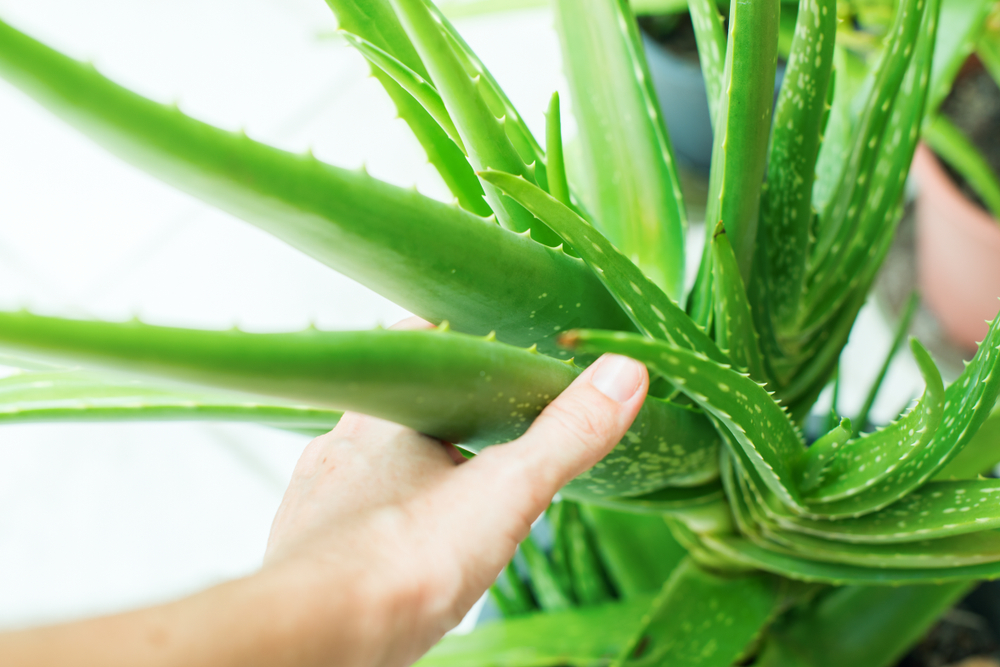
Regardless of where you plant aloe vera, just make sure you water it whenever the soil feels dry and keep it out of the scorching hot sun in the afternoon to prevent excessive exposure and burns.






